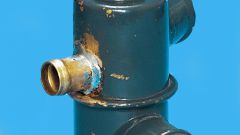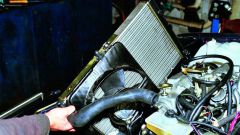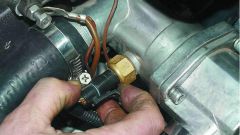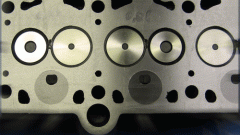To rule out other faults in the cooling system you need to check the thermostat yourself. To do this, recall the principle of its operation and its functions. The operation of the thermostat is to ensure rapid engine warm-up in sub-zero temperatures, as well as to protect the motor from overheating in the summer. The principle of operation of thermostat open or close a pipeline valve with the cooling fluid. When the engine is started, the thermostat valve should be in closed position so that the coolant circulates in a small loop. If after 2-3 minutes, try hand hose connecting the thermostat and the radiator, and it will be cold – so the thermostat is in the closed position. If it is warm, this means that the valve is tightly closed and the engine is long to warm up, which entails increased fuel consumption, since the motor does not work the temperature. When the sensor temperature reaches 85-90 degrees, the pipe from thermostat to radiator should be as hot as the valve when it reaches this temperature should be opened, and the coolant needs a large circuit to pass through the radiator. If not, it suggests that the thermostat is stuck closed, the coolant is unable to circulate and cool down and the engine may overheat. If these symptoms take place - thermostat is faulty. To check the thermostat yourself, make sure it's breakage, you need to take it off. This should be done on a cold car to get burnt. First you need to drain the coolant and remove the thermostat. Remove all the scum and dirt and begin functioning test at home. The instruments will only need a thermometer with a scale of more than 100 degrees. Take an old pot, fill it with clean water, drop into it the thermostat and put the pan on the stove. Verification is the following: when heated to 81-85 degrees the valve should open, and when cooled below 80 degrees – close. In pure water these points will be visible. If you find a faulty thermostat, you need to replace it because repairing it is not subject.
How to check the thermostat
Sometimes the car owners face this problem that the engine is overheating (this can be seen by the sensor the coolant temperature on the instrument panel) or, conversely, winter in the car for a long time cold as the air in the heating stove does not heat up. Such failure often lies in the thermostatresponsible for coolant circulation in the engine cooling system.
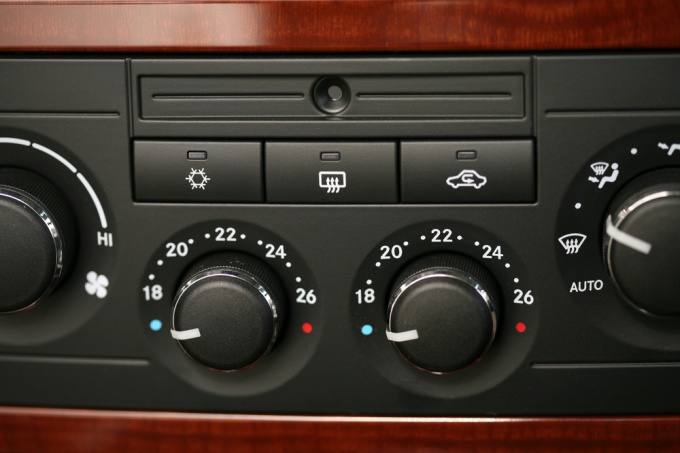
Is the advice useful?
